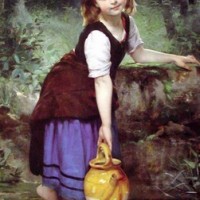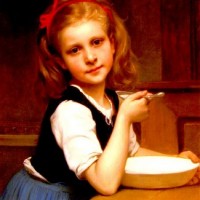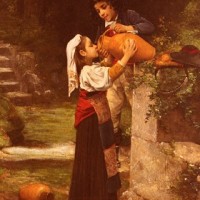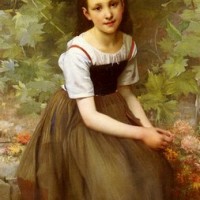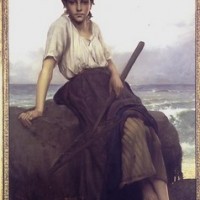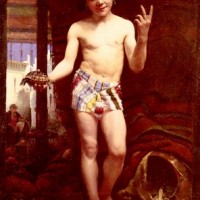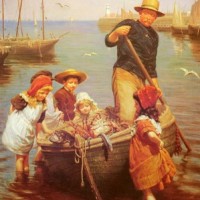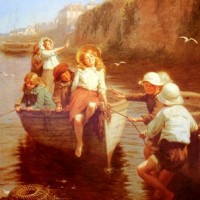- Home
- ABOUT US
- ABOUT VEYSEL BABA
- REDFOX ART HOUSE VIRTUAL TOUR
- MY LAST WILL TESTAMENT
- NOTES ON HUMANITY AND LIFE
- HUMAN BEING IS LIKE A PUZZLE WITH CONTRADICTIONS
- I HAVE A WISH ON BEHALF OF THE HUMANITY
- WE ARE VERY EXHAUSTED AS THE DOOMSDAY IS CLOSER
- NO ROAD IS LONG WITH GOOD COMPANY
- THE ROAD TO A FRIENDS HOUSE IS NEVER LONG
- MY DREAMS 1
- MY DREAMS 2
- GOLDEN WORDS ABOUT POLITICS
- GOLDEN WORDS ABOUT LOVE
- GOLDEN WORDS ABOUT LIFE
- GOLDEN WORDS ABOUT DEATH
- VEYSEL BABA ART WORKS
- SHOREDITCH PARK STORIES
- EXAMPLE LIVES
- ART GALLERY
- BOOK GALLERY
- MUSIC GALLERY
- MOVIE GALLERY
- Featured Article
- Home
- ART GALLERY
- Charles Victor Thirion
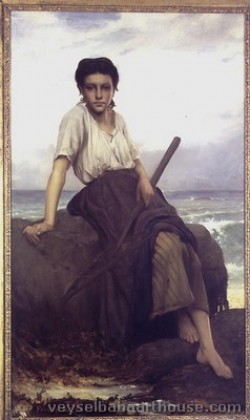
Charles Victor Thirion
An obscure artist, Charles Victor Thirion, was in fact a gifted student of the famous William Bouguerau. Although it is much more common to hear the names Emile Munier, Jules Cave, Elizabeth Gardner, Leon Perrault, or Charles Lenoir when referring to Bouguereau's students, the quality of Thirion's work speaks for itself and there is no doubt he has a great deal of his mentor's talent. Perhaps his obscurity lies in the fact that his works rarely comes up at auction and therefore his name among collectors is hardly known, but he is an artist worthy to note. If his name one day achieves the reputation his paintings deserve, he will become known as one of Bouguereau's greatest students.
It is always a shame when a talented artist dies young as was the case with Thirion (1833-1878). He was born in Langres, France on May 30, 1833. He became known as an accomplished engraver, a talented painter, and was given a stipend by the city of Lille which, in 1850, enabled him to move to Paris and study with the prestigious Charles Gleyre and later with William Bouguereau at the Ecole des Beaux Arts. He first exhibited in the 1861 Paris Salon where an important French/American art dealer, Michael Knoedler, took notice of his work and began to handle it at the Goupil & Cie gallery in Paris. It is clear from this notable start that a promising career was well underway.
Unfortunately for Thirion, he joined the French army shortly after the start of the Franco Prussian War and in 1871 was badly injured. He returned to his painting, though he was quite ill, and died 7 years later on April 27, 1878 at the young age of 45. It was fitting that the last painting he sold was to the Museum Langres in his home town titled Apres l'ecole. In addition, his work titled Portrait de Enfant can be seen in the city of Lille whom gave him the ability to move to Paris.
His works, though few they are, remain some of the best created by one of Bouguerau's students. Considering that Bouguereau himself did not start painting his best work until the age of 40, it could well be expected that if Thirion had lived, he could have become one of the greatest artists of his generation.
